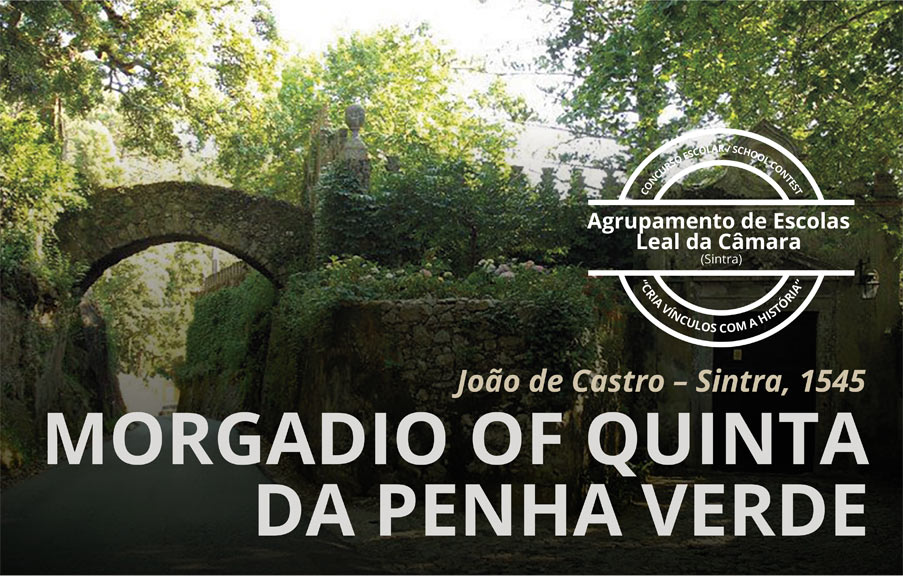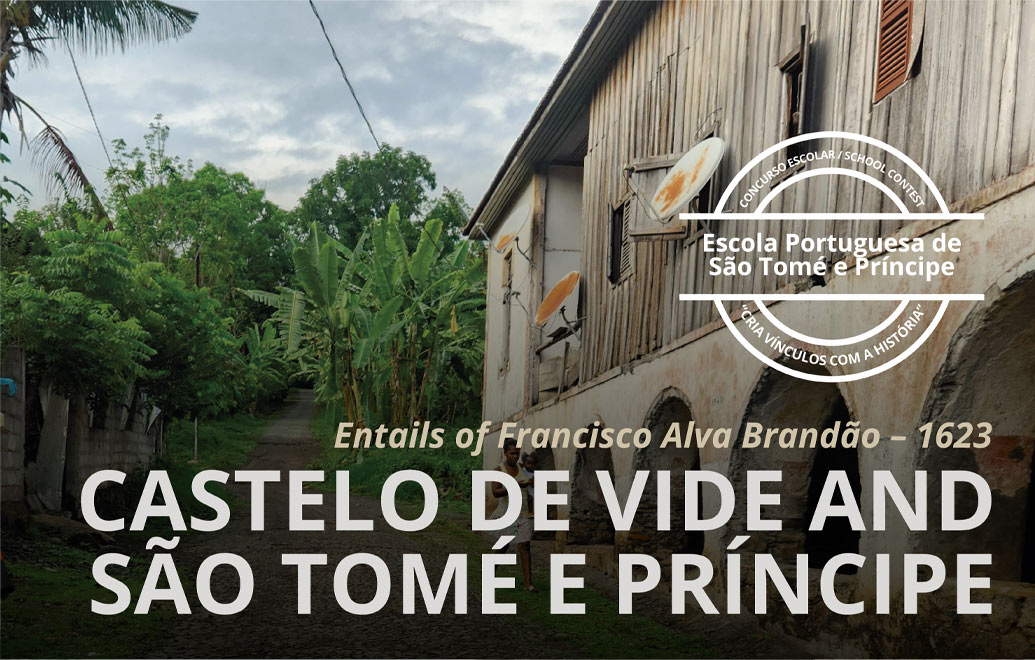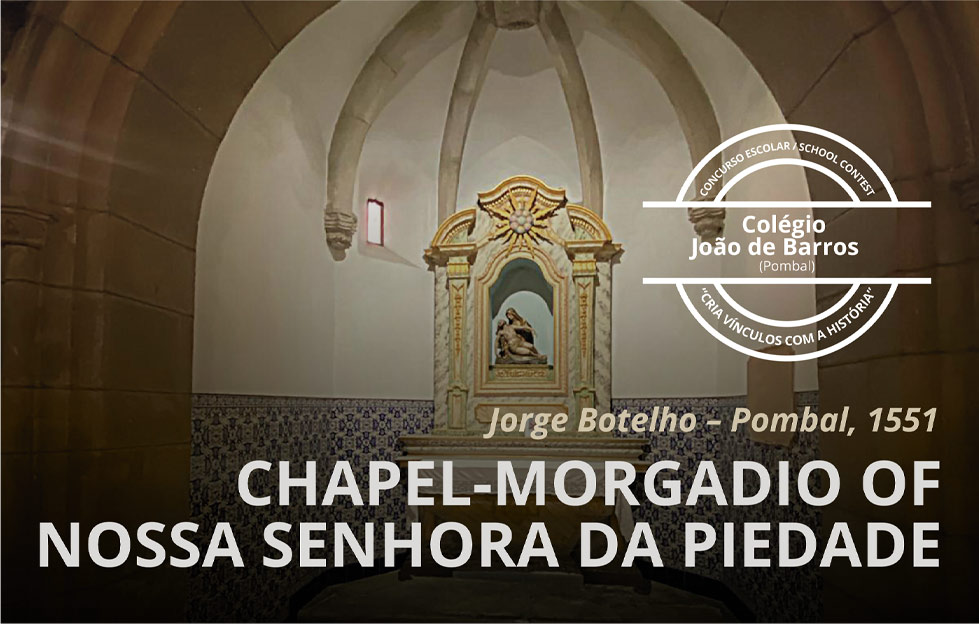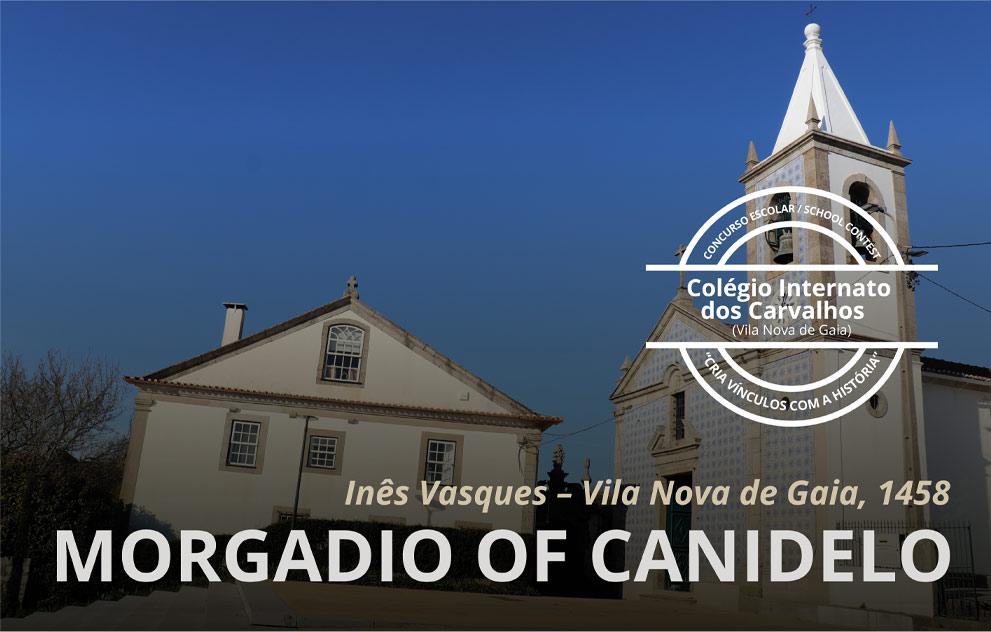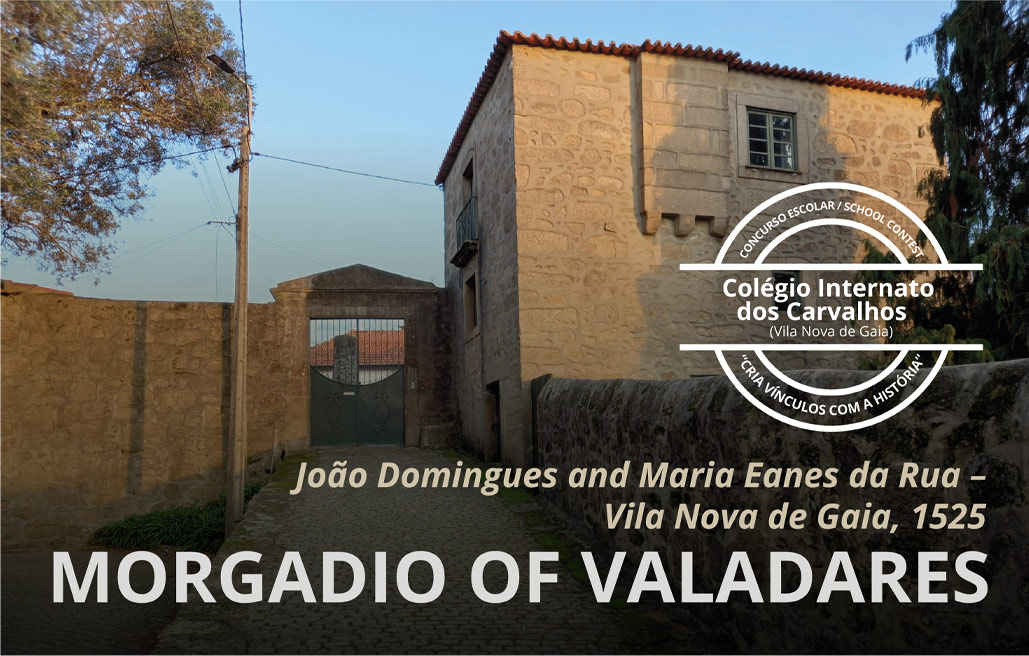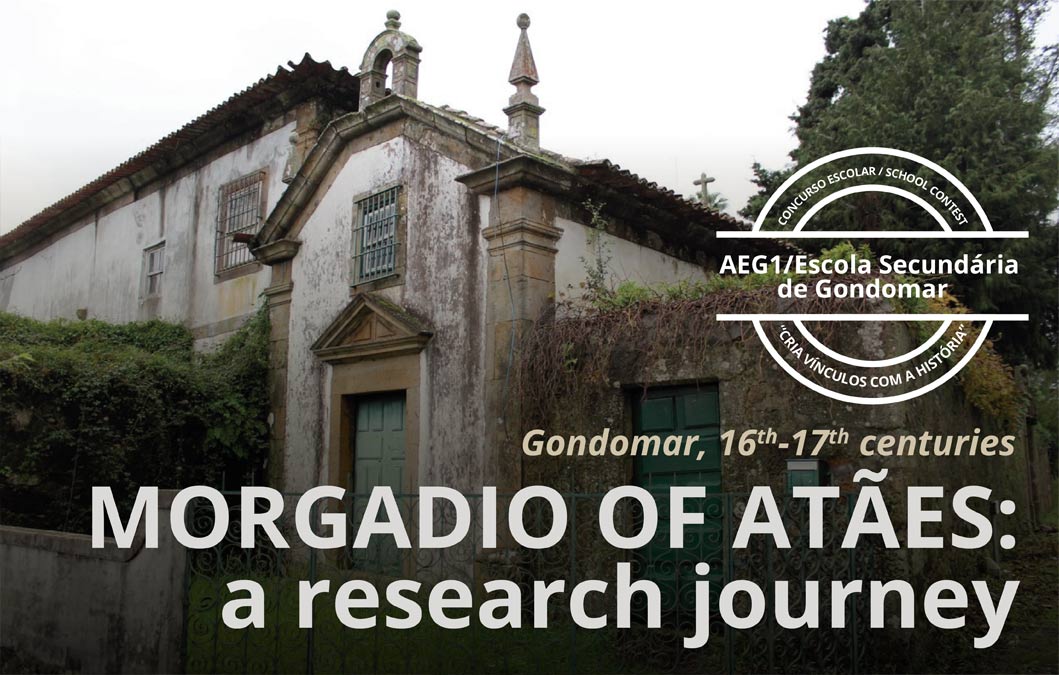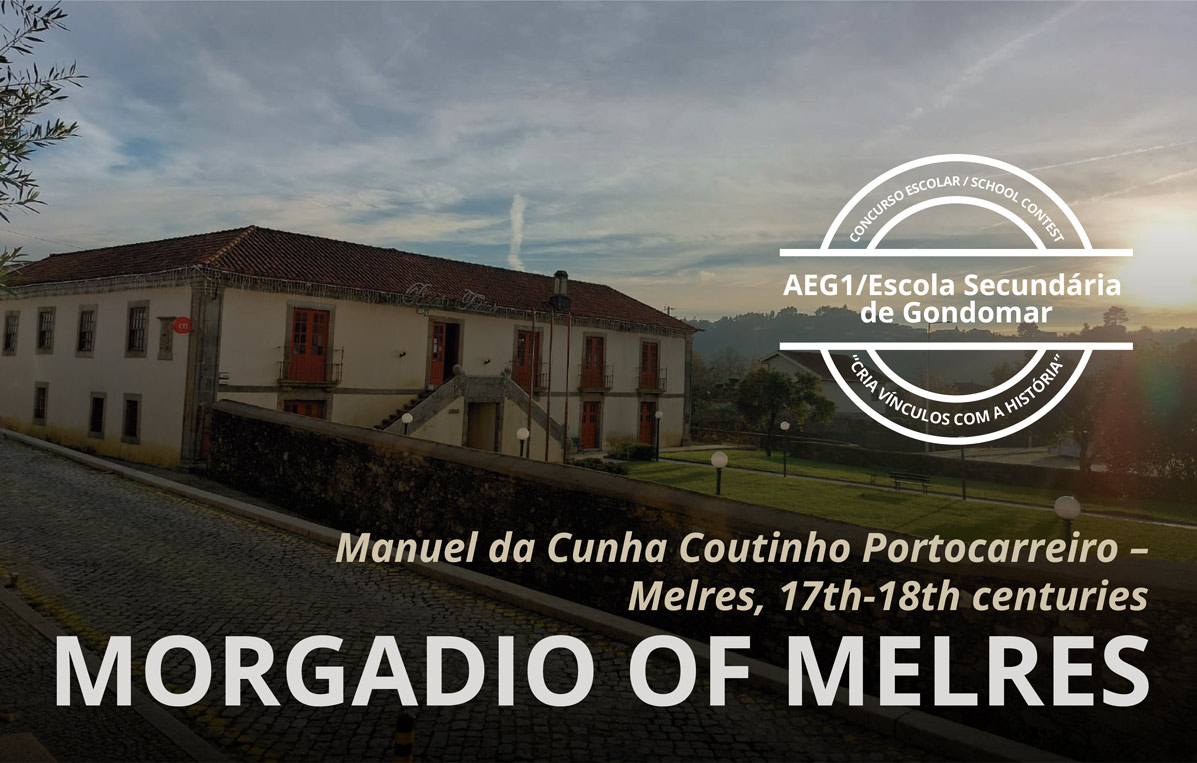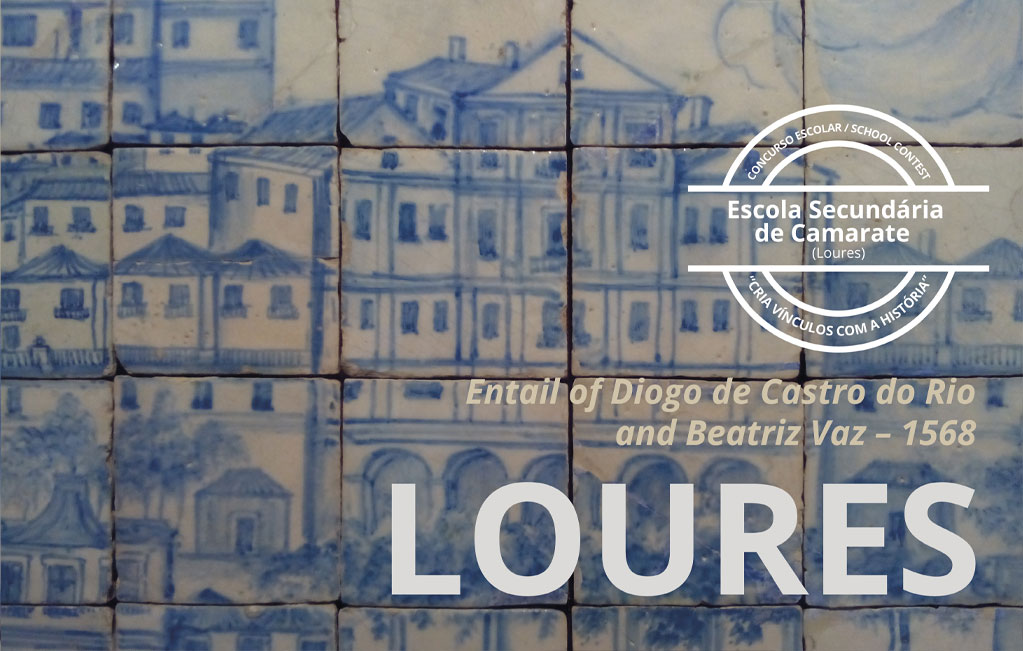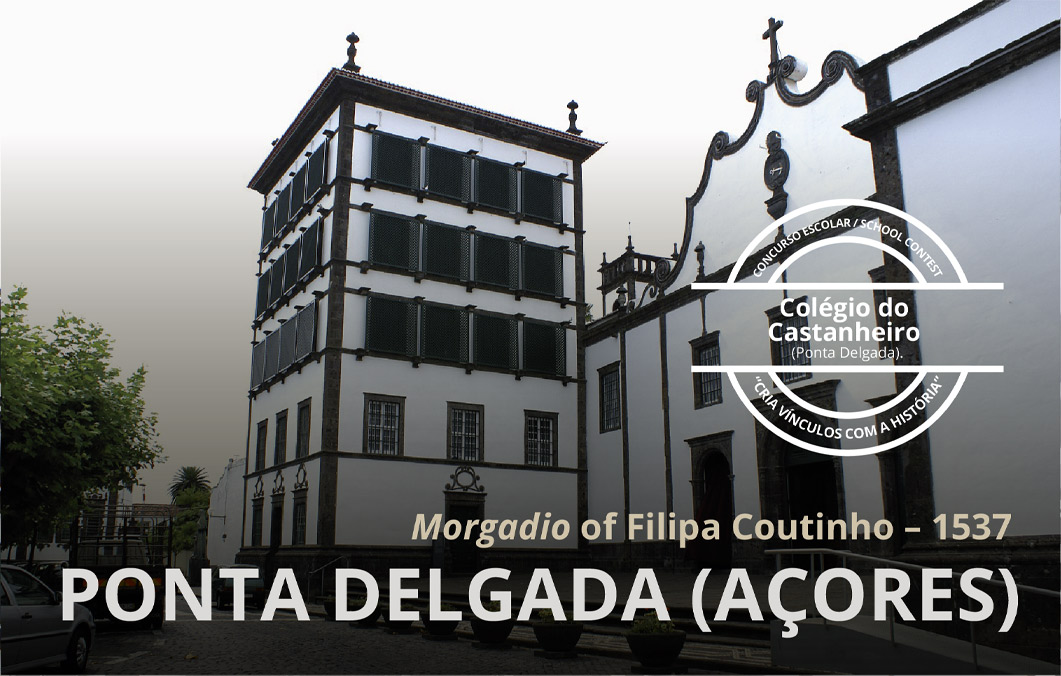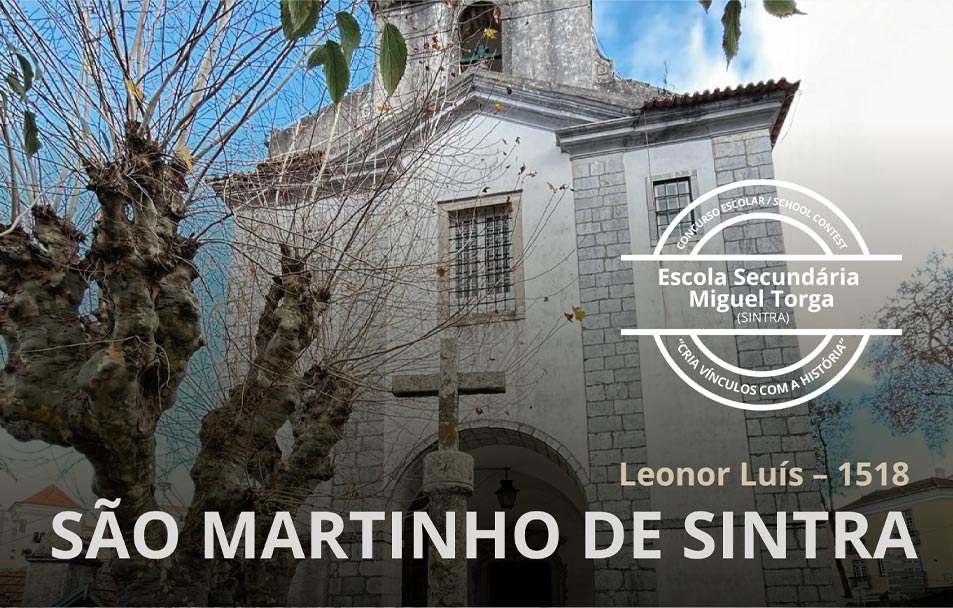Entail of the month (December, 2021)
Morgadio of Cristóvão de Brito
Lisbon, 1560
In 1560, Cristóvão de Brito, a nobleman in the king’s council, stated his last wishes (ADP, Registo Vincular, C/4/1/4-4833, fls. 18-25). Despite having been twice married, Cristóvão had no children and decided to bequeath his assets to the son of his brother Lopo, named João de Brito. Cristóvão had a long life. Along with his brothers, he spent several years in India in the king’s service, having returned to Portugal in 1516 (ANTT, Corpo Cronológico, 3, mç. 6, fl. 137). As the son of João de Brito and Beatriz de Lima, Cristóvão originated from a lineage of founders and administrators of morgadios and chapels, part of which were located in the collegiate church of São Lourenço in Lisbon (CAMPOS, 2013, pp. 79-80, 129-130; SILVA, 2016, pp. 84-125).
The fact that Cristóvão de Brito’s family circle was already keenly involved in founding and managing entails certainly made him deeply aware of the legal formulae underlying them. The complexity of his morgadio’s foundational charter and the use of this legal figure to serve dynastic and spiritual purposes confirms this. The similarity between the working clauses of this morgadio charter and those found in the foundation charter by Cristóvão’s brother, Lopo de Brito, of 1547 (ADP, Registo Vincular, C/4/1/4-4833, fls. 8-14v) points to family members sharing common knowledge – perhaps, as far as it being a family project. The beneficiaries were João de Brito and his descendants, expected to concentrate the two entails in their hands. In this case, as well as in other families tied to pieces of territory in the Portuguese empire, entailment mechanisms also seem to have been a suitable solution to frame and manage recently acquired or enlarged fortunes.
The morgadio was created to ensure that the assets remained in the possession of a single individual, in the understanding that it was the most effective means to serve God and the kingdom while keeping the founder’s memory alive and providing a basis for improving the household. The properties entailed by Cristóvão de Brito are representative of social evolution as felt during the sixteenth century, with the addition of land assets, a house in the parish of São Lourenço, Lisbon (a parish to which Cristóvão’s ancestors and relatives were linked, as mentioned above), and 400,000 reais in interest rates.
From the outset, this was a significant group of assets which provided for the administrator of the morgadio. The administrator was cast in an idealised way, considered to be a key figure in bringing past, present and future together. This connection was expressed in the obligation to use the Brito surname and the lineage’s heraldry. The successor to the entail was required to be a layperson, as the entail was instituted “for married, legitimate descendants”, preferably male, ideally the eldest son. The succession excluded the intellectually disabled, the “ferocious” and “the mute and crippled”; in short, all those unable to govern themselves or the entail adequately. In addition, every generation was responsible for improving the institution, adding the real estate removed from the terça, which is to say from the testamentary reserve that people could dispose of at their will, according to the legal framework in force at the time. Seen as a point of support for kinship organised around the representation of the administrator’s power (who, in a way, was seen as pater familias), the entail also helped define authority roles on behalf of the family’s interests. If the potential successor should marry against the administrator’s will, they would lose to the next of kin the right of succession.
A house, land and money, lengthening the family name and heraldic symbols through time – such was the compound, projected as a chain linking founder and successors until the end of time, to be transmitted via a universe of blood relatives. Such was a part of the “body”, as established through the morgadio, whose completeness lay in the pious and spiritual dimensions. Using part of the income from the entailed assets, Cristóvão de Brito ordered two daily masses to be said, one of them in the convent of Madre de Deus in Lisbon. To support and adorn the offices that interceded for the salvation of souls, the founder also made dispositions for liturgical implements (including a candlestick with the motto of Queen Leonor) and an altarpiece devoted the Assumption of Mary.
On 8 November 1320, Estêvão da Guarda and his wife, Sancha Domingues, founded a chapel at the São Vicente de Fora Monastery, Lisbon. Two years later, a confirmation document details every aspect related to the chapel administration and worship (AML, 2003, p. 41). In fulfilment of the founders’ wishes, succession to the administration of the assets fell on the eldest male heir. Thus, after the death of Estêvão da Guarda, it fell on Álvaro Afonso, the grandson of Estêvão and Sancha.
However, the chapel and related properties remained in the lineage’s administration for only two generations. The disowning of the great-grandson, Diogo Álvares, in 1419 by order of João I, seems to indicate irregularities on the part of the founders’ successors (AML-AH, Chancelaria régia, Livro dos Pregos, doc. 285, ff. 200v-201v). For an extended period, the “problematic and troublemaking” administration was met with a lack of income, as attested by a document dated December 1513 (MARTINS, 1999, p. 11). This document reveals a poorly kept chapel, “so badly looked after that it looked abandoned” (AML-AH, Casa de Santo António, Livro da instituição da capela de Estêvão da Guarda, doc. 15; MARTINS, 1999, p. 12). For these reasons, on 26 July 1512, King Manuel ordered the senate of Lisbon’s municipal council to take possession of the chapel, and gave it the right to appoint and remove its administrators (AML-AH, Casa de Santo António, Livro da instituição da capela de Estêvão da Guarda, doc. 1, f. 5). It should be noted that the founders had foreseen the possibility that, in case there was no descendant in the family, the administration of the chapel would be handed over to a citizen of Lisbon, appointed by the city council (MARTINS, 1999, p. 28). This context serves to explain the fact that the municipality currently keeps most of the documentation relating to this entail. Thus, it is in Lisbon’s municipal archive (Arquivo Municipal de Lisboa) that both the will of the founders and the documents of the institution and ratification are preserved, transcribed in an eighteenth-century codex named “Livro da Instituição da Capella de Estevão da Guarda, e outras cartas (…)” (AML – AH, Casa de Santo António, Livro da instituição da capela de Estêvão da Guarda, docs. 1-16).
Like many other entail founders over the centuries, Cristóvão de Brito refers to the importance of memory, bringing the founders figure forward to the present time, making him the object of intercession by the living. This was a matter of interest not only to the founder’s descendants and relatives but also to society at large, as it increasingly envisaged itself as the body of the faithful through baptism, an “institutional architecture” having formed that saw to the care of souls, which enjoyed rights of their own. This was the reason why Cristóvão asked the justice officials and the ombudsman of the Hospital de Todos-os-Santos to annually verify that pious duties were discharged, monitoring as it were the administrators’ actions. To facilitate this task, the founder ordered three books be made, to include the foundation charter and documents relating to the entailed assets. These books were to be kept by the administrators of the entail, the registry of the convent of Santo Eloi, and the Hospital de Todos-os-Santos, both in Lisbon. The documents served to manage the morgadio and as a point of reference, allowing the institutions in charge to exercise surveillance effectively.
Cristóvão de Brito’s project is an example of the conglomeration into a set (according to the entailing structures) of inseparable subjects and objectives within Portuguese society in the ancient régime: lineage, family, religion and devotional practices, all intertwining deeply through this legal outlet.
Miguel Aguiar (in collaboration with Margarida Leme)
Coordination: Rita Sampaio da Nóvoa
ARQUIVO DISTRITAL DO PORTO (ADP) – Governo Civil do Porto, Registo Vincular, C/4/1/4-4833, fls. 8-25.
ARQUIVO NACIONAL DA TORRE DO TOMBO (ANTT) – Corpo Cronológico, 3, mç. 6, fl. 137.
CAMPOS, Nuno Luís de Vila-Santa Braga – A Casa de Atouguia, os Últimos Avis e o Império. Dinâmicas entrecruzadas na carreira de D. Luís de Ataíde (1516-1581). PhD thesis: School of Social Sciences and Humanities, NOVA University Lisbon, 2013. Available at: https://run.unl.pt/handle/10362/12269 [accessed on 19 November 2021]
SILVA, Gonçalo Melo da, Espiritualidade e Poder na Lisboa dos finais da Idade Média: a Colegiada de São Lourenço e os seus Patronos (1298-1515) MA diss.: School of Social Sciences and Humanities, NOVA University Lisbon, 2012. Available at: https://run.unl.pt/handle/10362/10759 [accessed on 19 November 2021]
Other entails of the month



